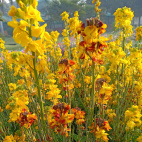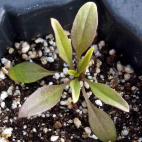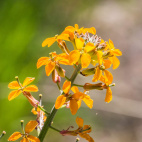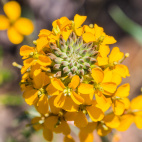Color
Availability
USDA Zone
Region
Type
Duration
Season
Germination
Soil
Sunlight
Height
Narrow Your Search
Color
Availability
USDA Zone
Region
Type
Duration
Season
Germination
Soil
Sunlight
Height
Wildflowers - Wallflower Seeds
-
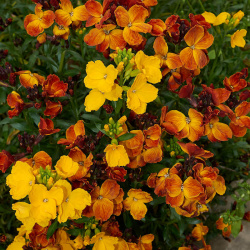 English Wallflower Seeds
Cheiranthus cheiri
This old English favorite pops up in castle ruins, roadsides, or any bit of rocky soil near the sea. The phlox-like orange blossoms also give off a pleasant fragrance.Quick View$2.98 Pkt - $8.46 / Oz
English Wallflower Seeds
Cheiranthus cheiri
This old English favorite pops up in castle ruins, roadsides, or any bit of rocky soil near the sea. The phlox-like orange blossoms also give off a pleasant fragrance.Quick View$2.98 Pkt - $8.46 / Oz -
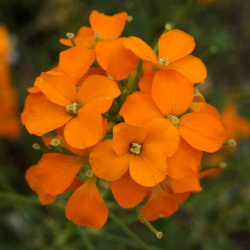 Siberian Wallflower Seeds
Cheiranthus allionii
These fragrant, orange flowers will make a brilliant statement. Thriving in damp, cool weather, this hardy plant grows in coastal areas as well as high altitudes.Quick View$3.48 Pkt - $7.01 / Oz
Siberian Wallflower Seeds
Cheiranthus allionii
These fragrant, orange flowers will make a brilliant statement. Thriving in damp, cool weather, this hardy plant grows in coastal areas as well as high altitudes.Quick View$3.48 Pkt - $7.01 / Oz -
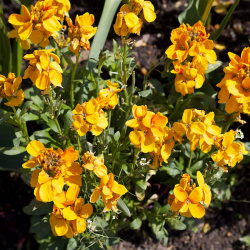 Out Of Stock
Western Wallflower Seeds
Erysimum capitatum
The most common of the native wallflowers, this western variety can be found anywhere from the desert to the mountain meadow. The cheery yellow blossoms have a pleasant fragrance and grow quite easily in most flower gardens.Quick View$3.48 Pkt - $32.00 / Oz
Out Of Stock
Western Wallflower Seeds
Erysimum capitatum
The most common of the native wallflowers, this western variety can be found anywhere from the desert to the mountain meadow. The cheery yellow blossoms have a pleasant fragrance and grow quite easily in most flower gardens.Quick View$3.48 Pkt - $32.00 / Oz






